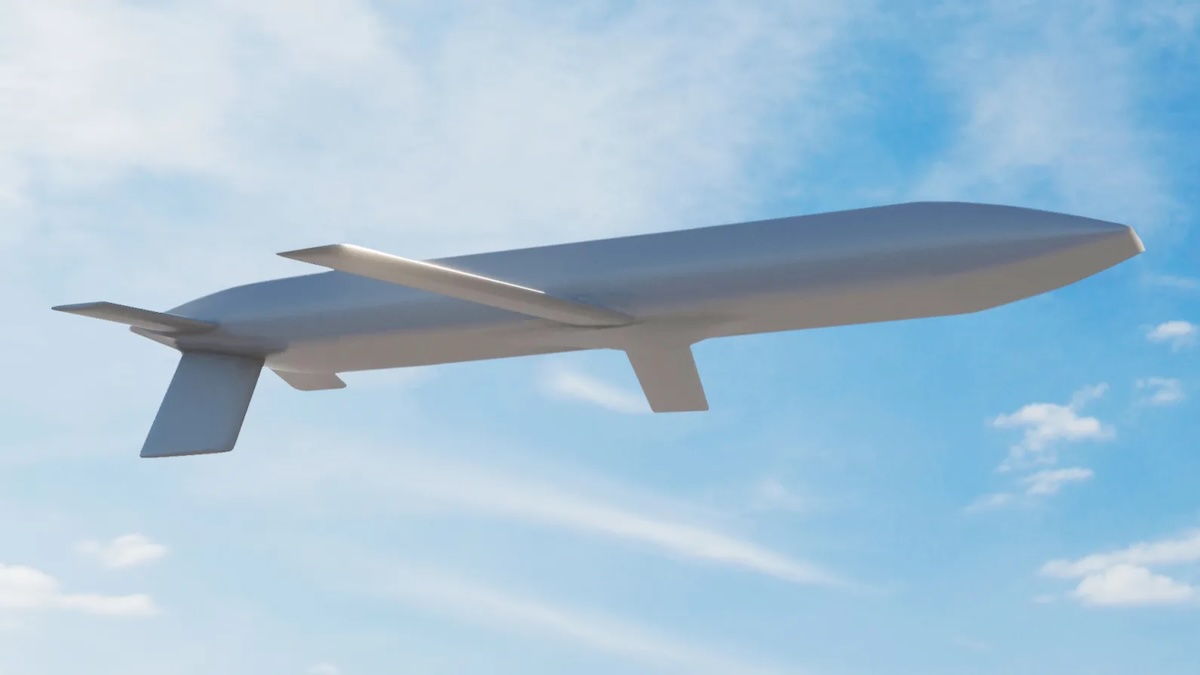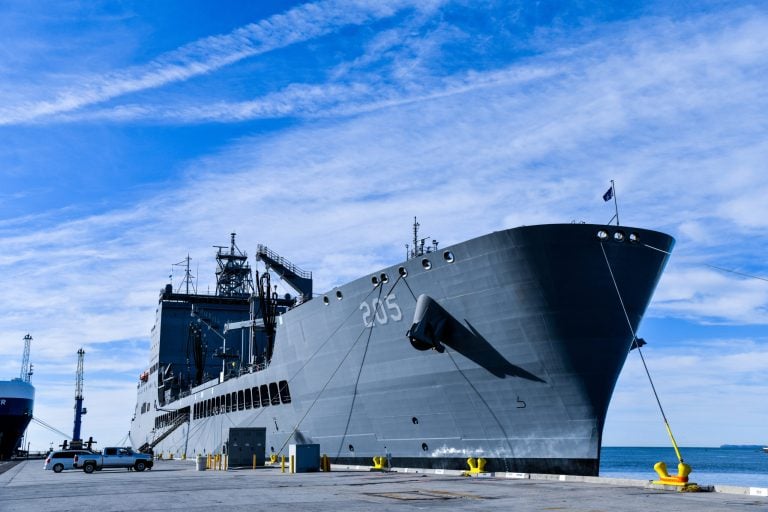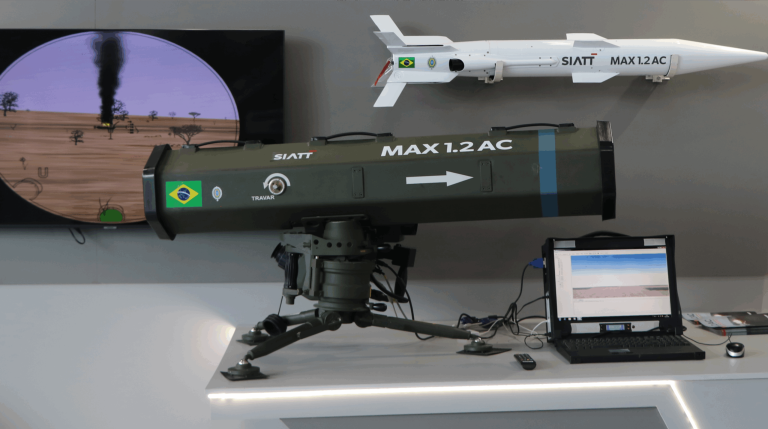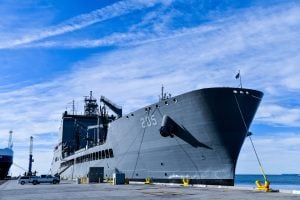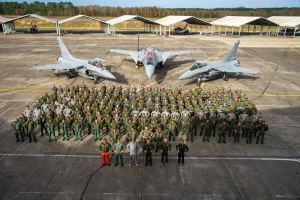The U.S. Air Force has unveiled the first image of the AGM-181 Long-Range Standoff (LRSO) nuclear-armed cruise missile, which is set to be integrated with the upcoming B-21 Raider and the legacy B-52 Stratofortress bombers. This advancement marks a significant step forward in modernizing the United States’ nuclear arsenal.
Developed by Raytheon under a $2 billion contract awarded in 2021, the LRSO is designed to replace the aging AGM-86B air-launched cruise missile, which dates back to the Cold War era. The total cost of the LRSO program was estimated to exceed $16 billion in 2022, with an additional $7 billion anticipated for life cycle sustainment. Each missile is expected to carry a price tag of approximately $14 million, as reported by Air and Space Forces.
A crucial milestone for the program is the anticipated decision to transition into low-rate production, which is expected to occur in 2027.
The rendering of the LRSO features a trapezoidal fuselage, folding wings, a pair of horizontal tail planes, and a single vertical tail on the underside. Notably, the design lacks a visible air inlet, suggesting that it might be strategically placed or concealed to thwart adversaries’ efforts to devise countermeasures.
Equipped with a W80-4 thermonuclear warhead, the LRSO is engineered for advanced yield, safety, and security, with its first production unit projected for completion in late 2027. By launching long-range missiles from platforms like the B-52 and B-21, the U.S. aims to bolster its nuclear triad in response to potential threats from nuclear-capable nations such as Russia and China.
Given the classified nature of the LRSO program, the rendering provided may not fully capture the final design or specifications of the missile, as further developments are likely to remain under wraps.
